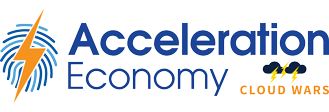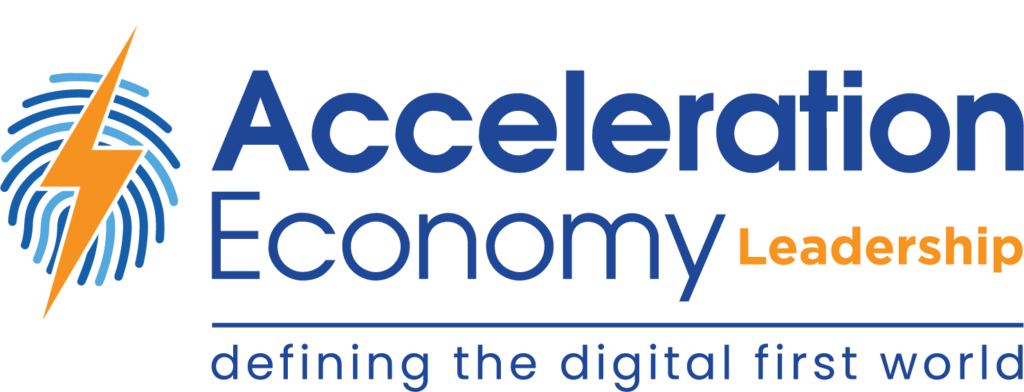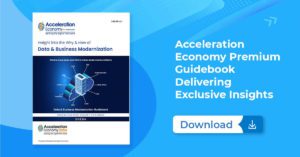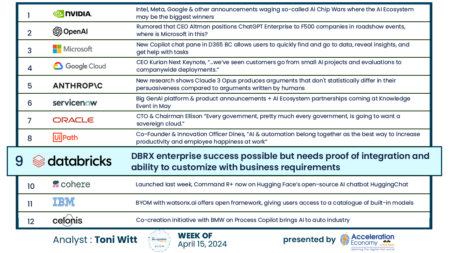The term technology ecosystem can refer to many different things depending on who you are talking to. To many, it refers to the complex interconnection of various technologies, platforms, products, services, stakeholders, and even users that together create a comprehensive environment. To others, it refers to their distribution model for their own products and services through an indirect sales, service, or support channel.
While both are valid in today’s vernacular, the former is receiving the lion’s share of the technology ecosystem strategies, plans, and activation for most companies.
While single partner-focused solution distribution is still important, it is increasingly taking a back seat to the complex interconnection of various technologies across multiple parties and companies known as an ecosystem. Therefore, in this analysis, I will be defining the ecosystem as that which works to interconnect and integrate a variety of technologies into a service that matters to the world, community, company, or users at large. I’ll also offer some strategies to manage the costs of this construct.
Register here for your on-demand pass to view all content from Partners Ecosystem Digital Summit. The digital event, which took place on April 20, focused on analyzing the business and IT imperatives around cloud, AI, automation, data modernization, and cybersecurity that define the future of partnerships.
Technology Ecosystem Cost Contributors
The cost of building and maintaining a technology ecosystem can be substantial, depending on factors such as the scale, complexity, and level of innovation involved. Most commonly, we see the following components that contribute to the cost of an average technology ecosystem:
Infrastructure: The hardware, software, and networking components needed to build the foundation of the ecosystem can vary in cost and selection, and is often influenced by the TCO (total cost of ownership) for the infrastructure.
Research and development: The costs involved in innovating and creating new technologies, products, and services can be substantial; sharing costs among partners in the ecosystem has become a best practice to lower costs.
Integration: Expenses related to integrating various components, platforms, and services within the ecosystem can often be lowered by outsourcing specific tasks to a third-party partner that may have more expertise or scale.
Maintenance and support: Ongoing costs for maintaining, updating, and providing support to users and stakeholders are often a growing cost for the enterprise; many firms look to lower this by outsourcing to a partner.
Marketing and promotion: Expenses related to marketing, advertising, and promoting the ecosystem to users and stakeholders are often shared expenses, since the standard MDF (market development funds) program that many suppliers of technology utilize is becoming dated and insufficient to manage the complexity of a multi-party ecosystem service.
Regulatory compliance: Costs for ensuring that the ecosystem meets all relevant legal and regulatory requirements are critical; ignoring this category is not recommended, and yet, many informal ecosystems fail to address this step, which results in difficulties in contracting for the work.
Human resources: Salaries and benefits for employees and third parties involved in building, maintaining, and supporting the ecosystem are generally under-addressed, which leads to lower-than-anticipated results because the resources to drive results aren’t available.
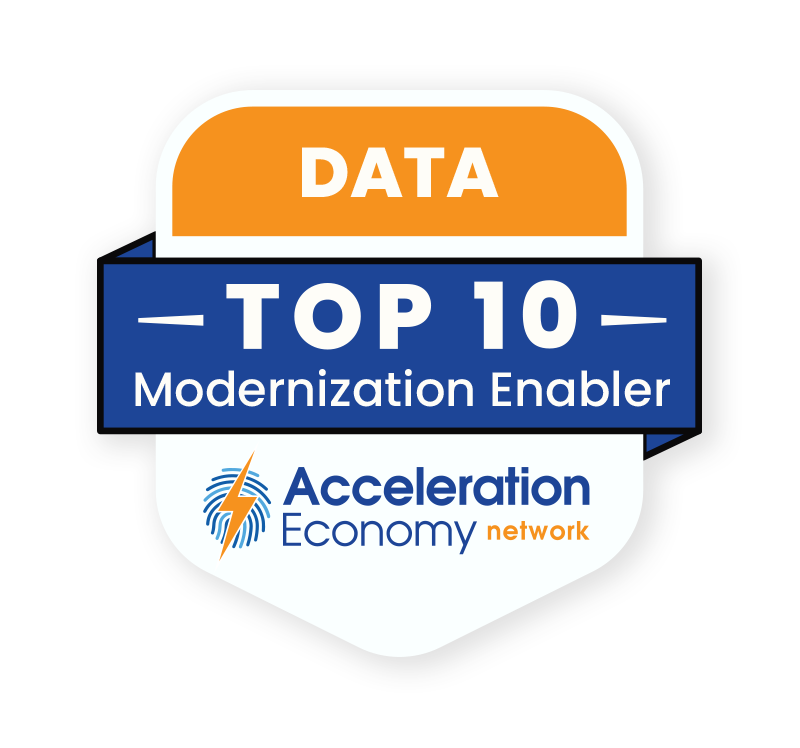
Which companies are the most important vendors in data? Check out the Acceleration Economy Data Modernization Top 10 Shortlist.
Controlling Technology Ecosystem Costs
At my company, JS Group, we work with ecosystems that are bringing substantial tools and services to market. We work with our clients to make the technology ecosystem more affordable, while still helping them execute their overall strategy and hit results. Some of the most common strategies we utilize to control costs are:
Leveraging open-source technologies: Using open-source software and hardware can significantly reduce costs, as well as foster collaboration and innovation. As such, we work with clients to ensure that they aren’t building tomorrow’s tools on expensive, legacy, and closed technologies that will skyrocket their costs over time and instead opt for open-source technologies with more manageable costs.
Opting for cloud-based services: Cloud services can reduce the need for expensive on-premises infrastructure and provide greater flexibility and scalability for any technology ecosystem; we challenge the build and delivery of services that rely on any prem-based infrastructure.
Collaborating with partners who will support, service, and sell the services: We prioritize forming partnerships with other organizations and stakeholders to help share costs, resources, and expertise while focusing on each party’s bottom-line profitability. By answering the question, “How will each party achieve their financial goals,” we can streamline costs while maintaining performance.
Focusing on modularity: Designing the ecosystem with a modular architecture makes it easier to scale, update, or replace components without incurring excessive costs. It’s another design element that can significantly reduce long-term costs.
Streamlining processes: Automation and standardization improve efficiency and reduce the need for manual intervention. In our experience, we’ve found that creating the right processes and then automating them is the largest money saver in this category.
Prioritizing high-impact investments: Focusing on investing in technologies, products, and services that have the most significant potential for value creation and cost savings, and leaving “nice to have” elements for further down the road, ensures that the ecosystem can collectively afford to maintain and grow its technology.
Encouraging competition: We promote competition among vendors and service providers to drive down costs and improve the quality of products and services. Just because you always work with a specific partner doesn’t mean you should do that in the future, so we challenge the cost and drive competition to win the ecosystem slot to ensure the highest performance and profitability.
Final Thoughts
Ultimately, the affordability of a technology ecosystem will depend on the specific needs, resources, and goals of the organizations and stakeholders involved. By considering the strategies outlined above, it is possible to optimize costs and create a more accessible and sustainable technology ecosystem that is capable of scale and growth. As always, working closely with your partners can help you to achieve these goals across the ecosystem.
Want more tech insights for the top execs? Visit the Leadership channel:
